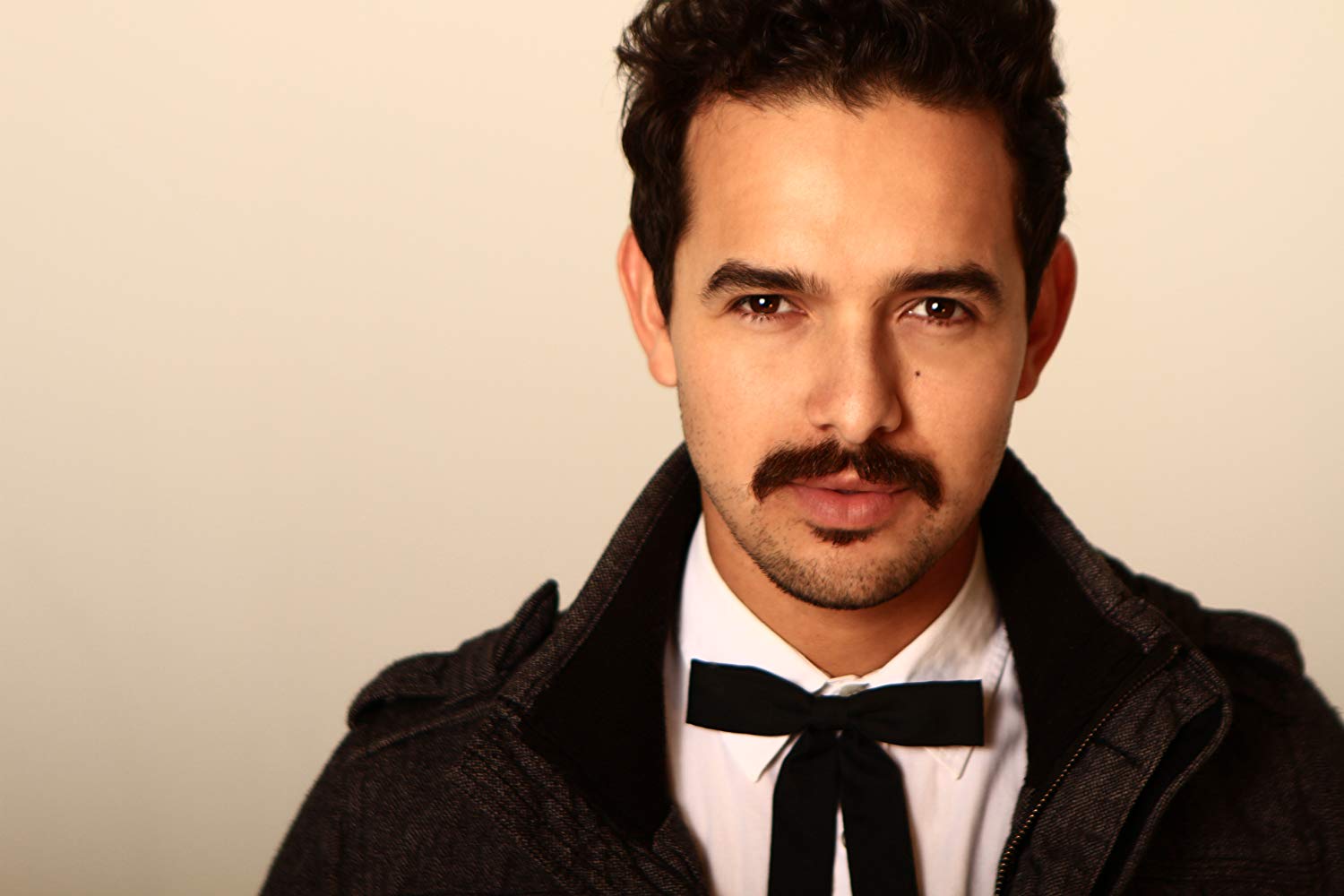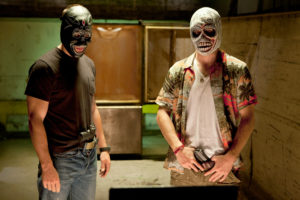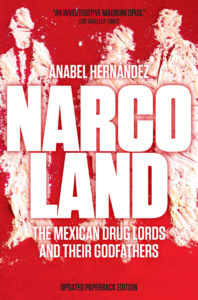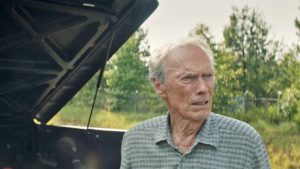
Drug kingpins in media spotlight
From Pablo Escobar to El Chapo, books and movies focus on the international narcotics trade

Jailed after a manhunt, the drug kingpin known globally as El Chapo expressed genuine surprise several years ago when interrogators from the Mexican attorney general’s office blamed 13,000 homicides on him.
“Thirteen thousand?” El Chapo (“Shorty”) supposedly replied. “No, not thirteen thousand. Maybe a couple thousand.”
This story was relayed to Andrew Hogan, a U.S. Drug Enforcement Administration special agent credited with helping capture the elusive Sinaloa cartel leader in February 2014 at the Hotel Miramar in Mazatlán, a coastal resort town in western Mexico. After that arrest, El Chapo escaped from a Mexican prison but later was taken into custody again and extradited to the United States to stand trial.
In Hogan’s true-crime book Hunting El Chapo, written with Douglas Century, the DEA agent repeats this story about the death toll, illustrating how El Chapo, a crime lord from northwestern Mexico whose real name is Joaquin Guzmán Loera, ruled with murderous intent in snuffing out rivals and quashing disloyalty. Screen rights to the book, published in 2018, have been acquired by Sony Pictures, according to news accounts.
Against this backdrop, a federal court jury in Brooklyn found El Chapo guilty in February of 10 felony counts, including conspiracy to commit murder and international distribution of illegal drugs. A sentencing hearing for the 61-year-old El Chapo, who is expected to spend the rest of his life in a U.S. maximum-security prison, is set for June.

El Chapo’s criminal exploits, including escapes from Mexican prisons and from authorities seeking the drug smuggler as he fled through underground city sewer systems, at least once unclothed, generated news stories that made the billionaire outlaw an international media sensation.
While Guzman has been at the center of news coverage lately, stories about violent drug trafficking in general have unfolded for some time, focusing not only on El Chapo but on others such as Colombia’s Pablo Escobar.
Escobar, who ruled the powerful Medellin Cartel, preceded El Chapo in grabbing global headlines until authorities gunned him down in 1993 at age 44, a scenario laid out in the 2001 nonfiction book Killing Pablo by former Philadelphia Inquirer investigative reporter Mark Bowden.
A Hollywood version depicting Escobar’s smuggling operation popped up again in the 2017 movie American Made, with Tom Cruise portraying drug-running former commercial pilot Barry Seal of Louisiana, who used a remote airstrip in Mena, Arkansas, to import narcotics into the United States. In 1986, Colombian hit men shot Seal to death at a Salvation Army halfway house in Baton Rouge, Louisiana.

Another Hollywood account of the carnage associated with narcotics trafficking is 2007’s No Country for Old Men, an Academy Award-winning film based on Cormac McCarthy’s 2005 novel of the same name. The movie and book center on a fictional Texan who, while hunting antelope near the Rio Grande, stumbles across the bodies of heroin dealers in a desolate area of “baked terracotta terrain.” After the man takes a large stash of drug money discovered at the scene, a heart-pounding hunt for him propels the story toward a dark conclusion.
In the novel, McCarthy, a National Book Award and Pulitzer Prize winner, sets up the initial death scene confronting the hunter:
“In the first vehicle there was a man slumped dead over the wheel. Beyond were two more bodies lying in the gaunt yellow grass. Dried blood black on the ground. He stopped and listened. Nothing. The drone of flies. He walked around the end of the truck. There was a large dead dog there of the kind he’d seen crossing the floodplain. The dog was gutshot.”
In 2017, filmmaker Oliver Stone focused on drug trafficking in his movie Savages about two youthful California drug dealers and their girlfriend. When the three become entangled with hard-core cartel members, the result is disastrous. The movie, based on a novel also titled Savages, by crime writer Don Winslow, underscores the contention that heavy drug use in the United States is the catalyst for this drug war violence. If you can curtail the demand north of the border, the thinking goes, then cartel money-making and mayhem will fall off.
While some of these movies and books are pure fiction, the violence associated with the drug war is a documented reality. In a podcast series titled Chapo: Kingpin on Trial, Vice Media reports that four people per hour are slain in Mexico, the highest murder rate in the country in decades. “It’s hard to say how much of this is because of the power of the drug cartels,” the narrator says, “and how much is because rampant corruption also means there is a lot of impunity.”

Among those who have written about the corrupt alliance between public officials and drug traffickers is Mexican investigative reporter Anabel Hernández, author of Narcoland, first published in 2010. She is among many journalists who have put their lives on the line to report on the cartels. A box of decapitated animals once showed up on her doorstep as a threat.
“I received initial warnings that someone in the government wanted to sanction me, even that someone wanted to have me killed,” she is quoted as saying in an article published by The Guardian.
To date, Mexico is the “most dangerous country in the Western Hemisphere for journalists,” according to the New York-based Committee to Protect Journalists. Of the 1,451 journalists and media workers killed around the world since 1992 in which a motive has been confirmed, 48 were in Mexico, the CPJ website notes. Other organizations put the total in Mexico at a higher number.
With this going on, interest in stories about the cartels shows no sign of waning. A recent Clint Eastwood movie, The Mule, about an elderly drug runner for the cartels, has its roots in a New York Times Magazine article regarding Leo Sharp, a World War II Army veteran with no previous criminal record, who was imprisoned for his role in trafficking narcotics as a Sinaloa cartel carrier, or “mule.” Called Tata (“the grandfather”), Sharp is thought to have earned more than $1 million for his hauls in 2010. “Tata had become a one-man cocaine fountain, working on a scale the Detroit DEA’s office had never encountered,” states the 2014 magazine article by Sam Dolnick.

In the midst of this, more stories are bound to come out on El Chapo.
During one of his periods on the run, Guzman secretly met in Mexico with American actor Sean Penn and Mexican star Kate del Castillo, hoping to generate enthusiasm for a big-screen version of his life. Penn wrote a story about the meeting for Rolling Stone magazine.
Meanwhile, Netflix, experiencing success with shows such as the crime series Narcos, recently announced it is opening an office in Mexico City.
Alejandro Edda, the actor who portrays El Chapo in the Netflix program Narcos: Mexico, recently showed up at the drug kingpin’s trial in New York, waiting in the cold with others to get inside. The actor wanted to study El Chapo’s mannerisms.
In the courtroom, El Chapo “made eye contact with the actor, gave him a smile and nodded,” according to CNN.
Edda told the cable news channel the experience was “surreal” and left him shaking. “What else could be better than to see the man in real life,” the actor said.
Larry Henry is a veteran print and broadcast journalist. He served as press secretary for Nevada Governor Bob Miller, and was political editor at the Las Vegas Sun and managing editor at KFSM-TV, the CBS affiliate in Northwest Arkansas. Henry taught journalism at Haas Hall Academy in Bentonville, Arkansas, and now is the headmaster at the school’s campus in Rogers, Arkansas. The Mob in Pop Culture blog appears monthly.
Feedback or questions? Email blog@themobmuseum.org





